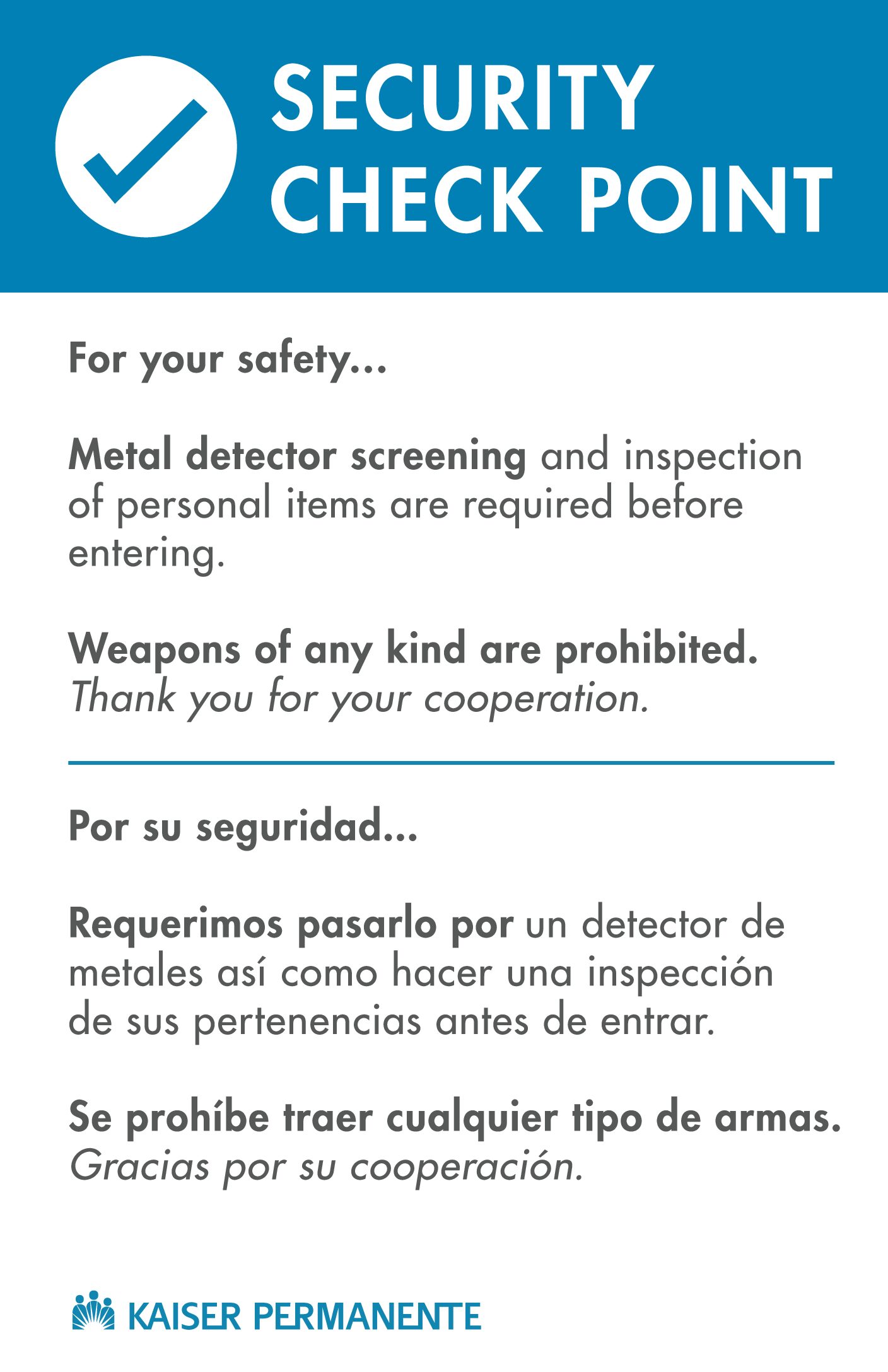January is Cervical Cancer Awareness month. To learn more about what cervical cancer is and how to treat it, read our FAQ below.
What is cervical cancer?
What causes cervical cancer?
Most cervical cancer is caused by a virus called human papillomavirus, or HPV. You can get HPV by having sexual contact with someone who has it. There are many types of the HPV virus. Not all types of HPV cause cervical cancer. Some of them cause genital warts, but other types may not cause any symptoms.
Most adults have been infected with HPV at some time. An infection may go away on its own. But sometimes it can cause genital warts or lead to cervical cancer. That’s why it’s important for women to have regular cervical cancer screening tests. A screening test can find changes in cervical cells before they turn into cancer. If you treat these cell changes, you may prevent cervical cancer.
What are the symptoms?
Abnormal cervical cell changes rarely cause symptoms. But you may have symptoms if those cell changes grow into cervical cancer. Symptoms of cervical cancer may include:
- Bleeding from the vagina that is not normal, such as bleeding between menstrual periods, after sex, or after menopause.
- Pain in the lower belly or pelvis.
- Pain during sex.
- Vaginal discharge that isn’t normal
When should I call your doctor?
Call your doctor if you have:
- Unexpected bleeding between menstrual periods.
- Menstrual periods that are irregular or 1½ to 2 times longer than normal for 3 months in a row. For example, call if your periods usually last 6 days but have been lasting between 9 and 12 days for your last 3 periods.
- Severe vaginal bleeding that causes you to soak 1 or 2 pads or tampons in 1 or 2 hours, or passing clots of blood from the vagina.
- Unexpected bleeding after douching or sex.
- Pain during sex.
- Abnormal vaginal discharge containing mucus that may be tinged with blood.
How is cervical cancer diagnosed?
As part of a pelvic exam, you may have a Pap test. During a Pap test, the doctor scrapes a small sample of cells from the surface of the cervix to look for cell changes. If a Pap test shows abnormal cell changes, your doctor may do other tests to look for precancerous or cancer cells on your cervix.
Your doctor may also do a Pap test and take a sample of tissue (biopsy) if you have symptoms of cervical cancer, such as bleeding after sex.
How is it treated?
The treatment for most stages of cervical cancer includes:
- Surgery, such as a hysterectomy and removal of pelvic lymph nodes with or without removal of both ovaries and fallopian tubes.
- Chemotherapy.
- Radiation therapy.
Depending on how much the cancer has grown, you may have one or more treatments. And you may have a combination of treatments. If you have a hysterectomy, you won’t be able to have children. But a hysterectomy isn’t always needed, especially when cancer is found very early.
Can cervical cancer be prevented?
A screening test can find cervical cell changes that can lead to cervical cancer. Regular screening tests, such as the Pap test, almost always show these cell changes before they turn into cancer. It’s important to follow up with your doctor after any abnormal test result so that abnormal cell changes can be managed. This may help prevent cervical cancer.
If you are age 26 or younger, you can get the HPV vaccine, which protects against types of HPV that cause most cases of cervical cancer.



